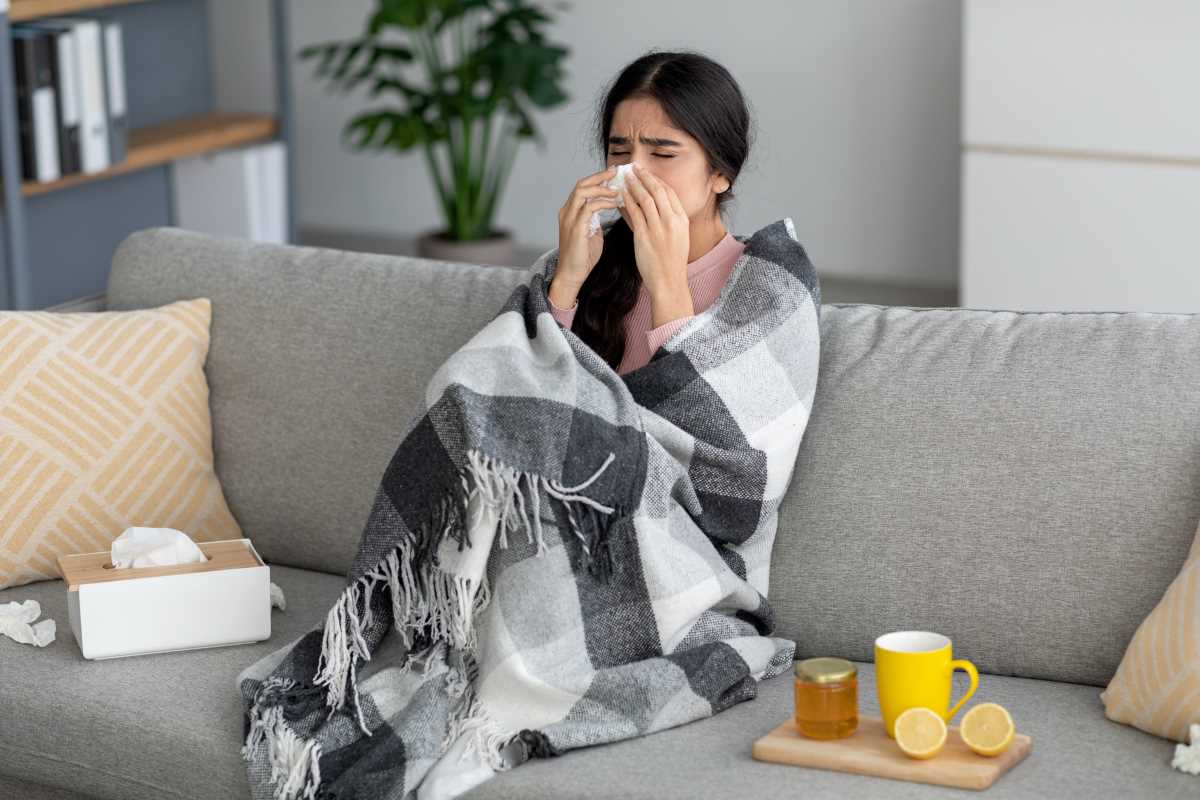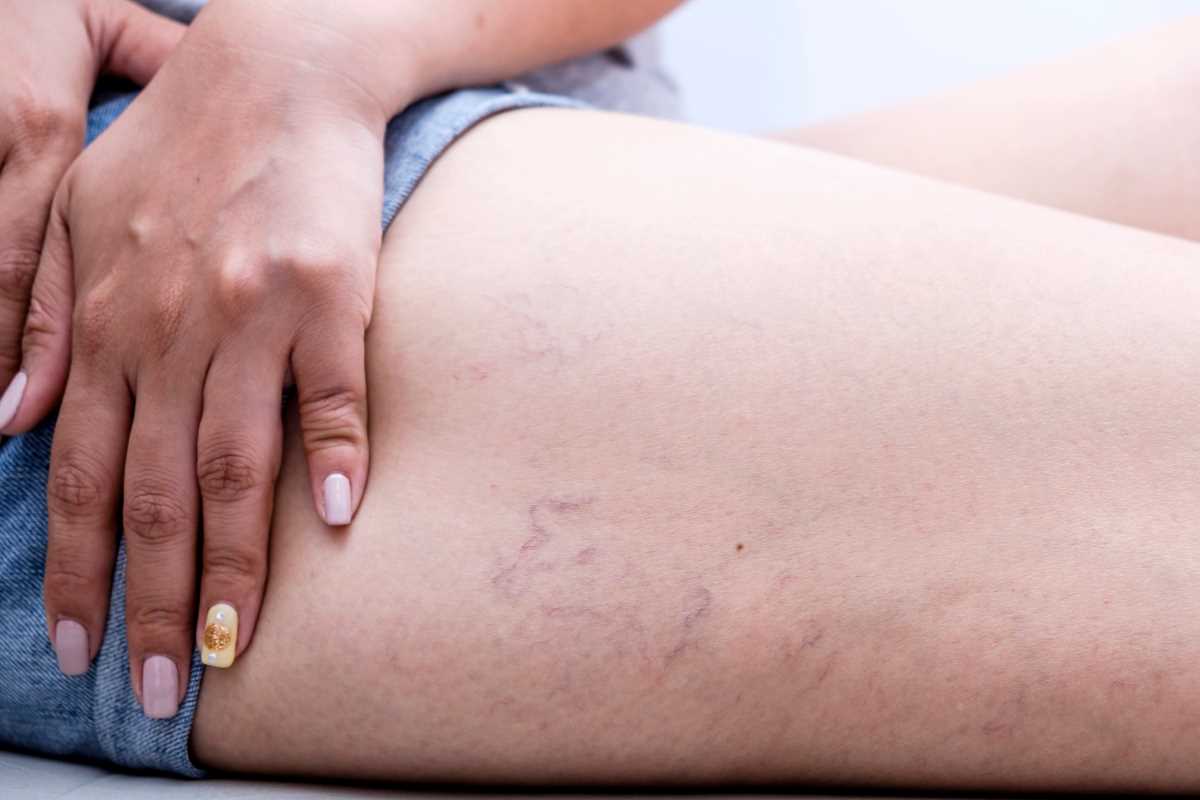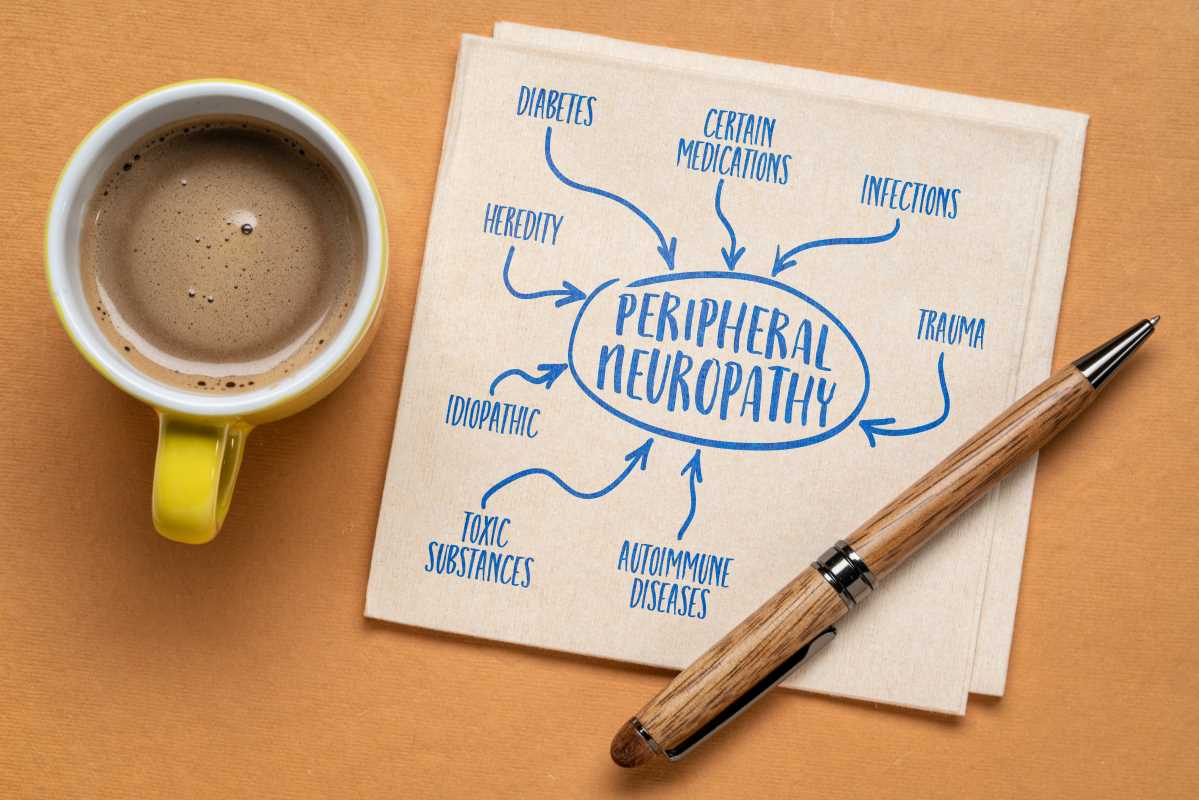Quitting smoking is one of the best decisions you can make for your health. But if you’ve smoked for years, you might wonder, “Can my lungs recover?” The good news is, yes! While it’s true that smoking takes a toll on your lungs, your body has an incredible ability to heal. Supporting that recovery, however, requires some effort and lifestyle changes.
This guide will walk you through practical steps to improve your lung health after years of smoking. Whether you quit recently or years ago, there are ways you can help your lungs get stronger and support your overall respiratory health.
How Smoking Damages Your Lungs
Before jumping into solutions, it’s important to understand how smoking affects your lungs. Cigarettes contain over 7,000 harmful chemicals, many of which directly harm your respiratory system. Here’s what happens inside your lungs when you smoke:
- Airway Damage: Smoking inflames the lining of your airways, causing swelling and narrowing that makes it harder to breathe.
- Loss of Cilia: The tiny, hair-like structures in your airways, called cilia, help sweep away mucus and harmful particles. Smoking damages these, leaving your lungs vulnerable to infections.
- Build-Up of Tar: Chemical-laden tar from cigarettes coats your lungs, reducing their ability to take in oxygen.
- Tissue Damage: Smoking causes lung tissues to break down over time, which can lead to chronic obstructive pulmonary disease (COPD) or emphysema.
The sooner you start supporting your lungs, the better their chances of recovery.
What Happens When You Quit Smoking?
The body starts repairing itself almost immediately after you quit smoking. Here’s a quick timeline of what happens:
- Within 20 minutes: Your heart rate and blood pressure drop.
- Within 12 hours: Carbon monoxide levels in your blood return to normal, improving oxygen levels.
- Within 2 weeks to 3 months: Lung function begins to improve, and circulation gets better.
- Within 9 months: Your cilia start to regrow, reducing your risk of lung infections.
- After 1 year: Your risk of coronary heart disease is cut in half.
While not all damage can be reversed, there’s plenty you can do to set your lungs on the path to recovery.
Steps to Improve Lung Health After Smoking
Improving your lung health takes time and care. The following strategies can help support your recovery and improve your overall respiratory function.
1. Practice Deep Breathing Exercises
Deep breathing helps expand your lung capacity and strengthen your diaphragm. It can also clear out stale air trapped in your lungs from years of smoking.
Try This Breathing Exercise:
- Sit or lie down in a comfortable position.
- Breathe in deeply through your nose for 4 seconds, filling your lungs.
- Hold your breath for 2 seconds.
- Slowly exhale through your mouth for 6 seconds.
- Repeat 5–10 times, twice a day.
This simple exercise can help rebuild lung strength over time.
2. Stay Active with Regular Exercise
Physical activity improves your lung capacity by making your body and lungs work harder. It also strengthens your cardiovascular system, which took a hit during your smoking years.
Benefits of Exercise for Lung Health:
- Boosts oxygen flow.
- Improves circulation, helping to remove toxins.
- Reduces inflammation in the lungs.
Start small with activities like walking, swimming, or yoga. Over time, aim for at least 30 minutes of moderate exercise most days of the week.
3. Eat a Lung-Friendly Diet
Certain foods are rich in nutrients that have anti-inflammatory and antioxidant properties, which can support lung repair.
Include These Foods in Your Diet:
- Fruits and veggies: Apples, oranges, berries, spinach, and kale are packed with antioxidants that help neutralize toxins from smoking.
- Healthy fats: Omega-3 fatty acids in fish like salmon or walnuts can reduce inflammation.
- Herbs and spices: Ginger and turmeric are known for their anti-inflammatory benefits.
- Hydrating foods: Cucumber and watermelon can keep your respiratory tract hydrated, making breathing easier.
Sticking to a balanced diet also helps with other post-smoking changes, like weight management.
4. Stay Hydrated
Drinking plenty of water is essential for lung health. Water helps thin mucus in the lungs, making it easier for your body to expel it. Hydration also reduces overall inflammation and keeps your airways moist.
Aim for about 8 cups of water a day, and more if you’re exercising or sweating.
5. Avoid Lung Irritants
Your lungs are working hard to repair themselves, so it’s essential to minimize exposure to anything that might cause further damage.
Common Irritants to Avoid:
- Secondhand smoke: Being around others who smoke can harm your lungs even after quitting.
- Air pollution: Use an air purifier or wear a mask on high-pollution days.
- Chemical fumes: Avoid exposure to strong household cleaners, paints, or scented products.
If you live in a high-pollen area, consider keeping windows closed during allergy season to reduce irritation.
6. Use Steam Therapy
Steam inhalation is a simple yet effective way to open up your airways, loosen mucus, and improve breathing. It’s a fantastic method for giving your lungs a little extra TLC.
How to Do It:
- Boil water in a pot and pour it into a bowl.
- Place a towel over your head and lean over the bowl to inhale the steam.
- Breathe deeply for 5–10 minutes.
Adding essential oils like eucalyptus or peppermint can enhance this practice and make it feel more relaxing.
7. Get Vaccinated for Respiratory Illnesses
Smoking weakens your immune system, so protecting yourself from illnesses like the flu, pneumonia, or COVID-19 is especially important for lung health.
Talk to your doctor about getting:
- An annual flu shot.
- Pneumonia vaccines (recommended for people with a history of smoking).
- COVID-19 vaccines or boosters.
Prevention is key to reducing your risk of lung infections.
8. See a Doctor Regularly
Even if you feel fine, regular check-ups are important, especially if you smoked heavily for years. Early detection of any lung issues can lead to better outcomes.
Your doctor might recommend lung function tests or imaging scans to monitor your progress and catch any problems, like COPD or emphysema, early on.
Can the Damage Be Reversed?
While it’s true that some lung damage, like lost elasticity or destroyed alveoli (air sacs), can’t fully heal, it’s important to focus on what can improve. Your lungs can regain strength, repair cilia, and even improve oxygen exchange with consistent care.
The key is patience and persistence. Each healthy choice you make contributes to a steady recovery.
 (Image via
(Image via





